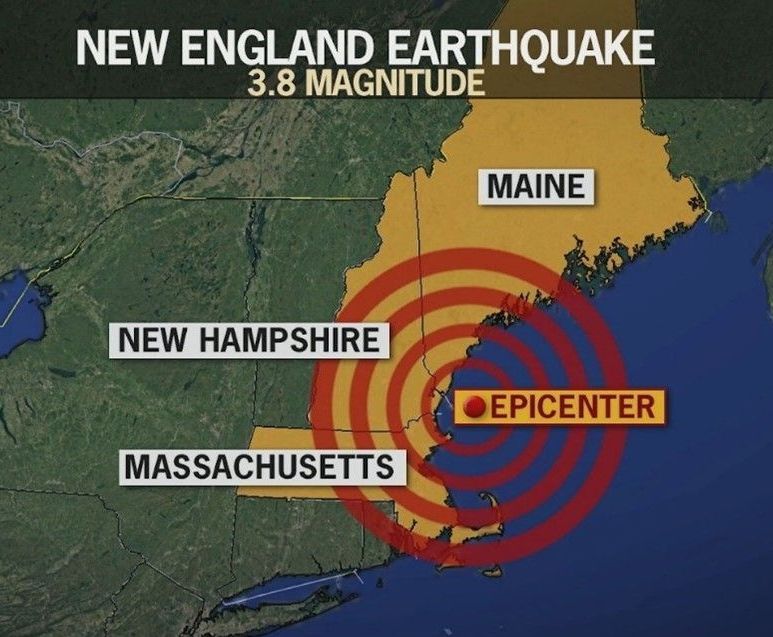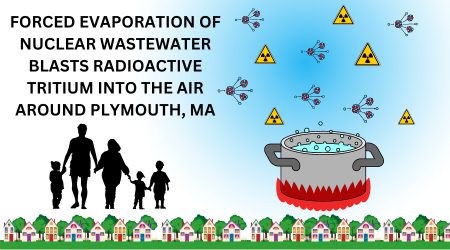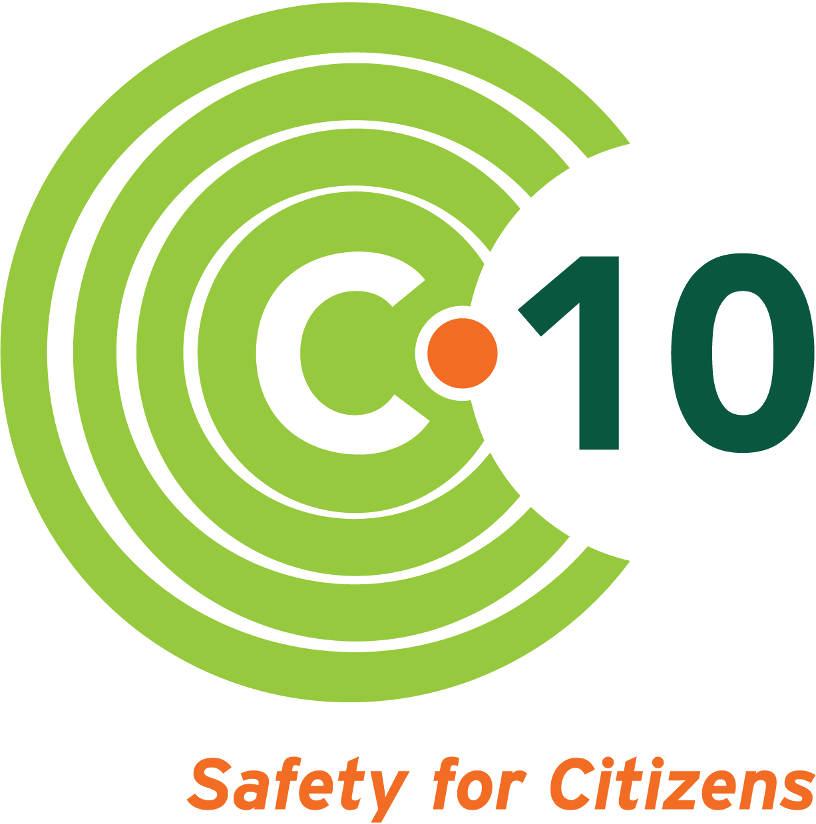He's all ears
- By Patricia L. Skibbee, C-10 board president
- •
- 27 Mar, 2022
A Recap of C-10's Meeting with NRC Chairman Hanson
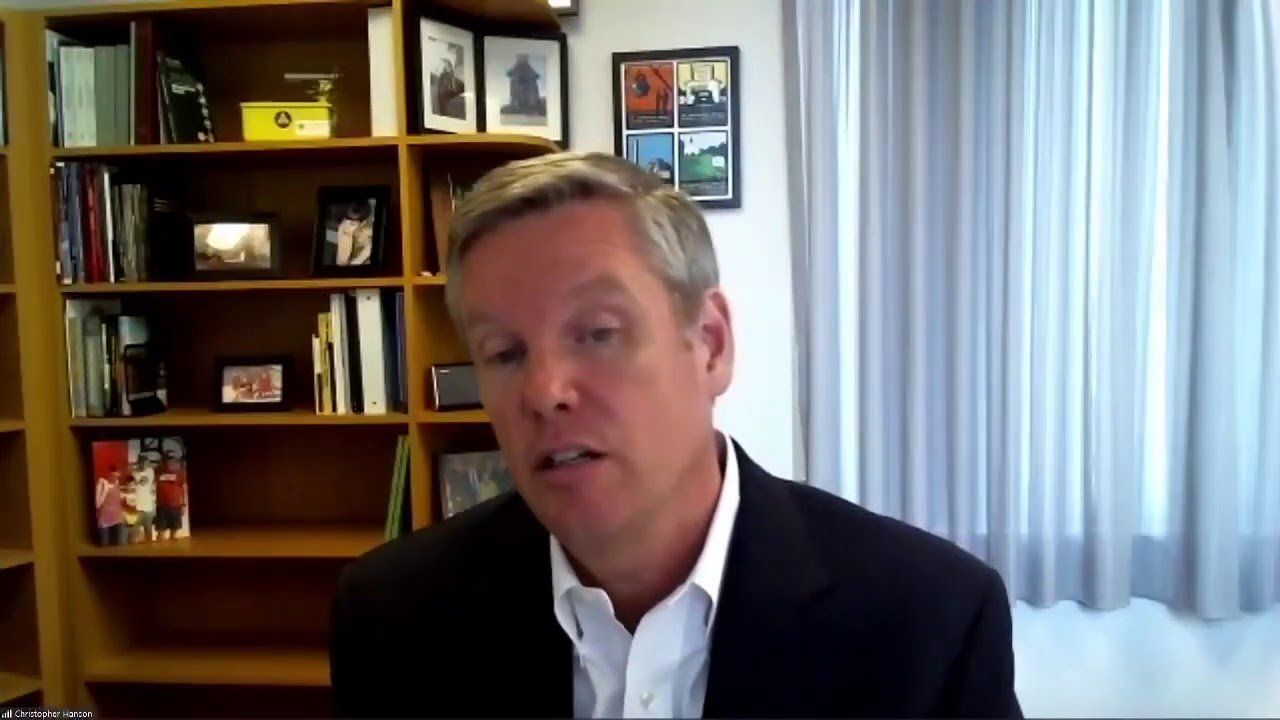
C-10 made the most of a unique and amazing opportunity on March 11, 2022, when we were invited to face-to-face (really, on Microsoft Teams) with the Chairman of the U.S. Nuclear Regulatory Commission (NRC), Christopher T. Hanson.
This was the second time in a year that our group, focused on the safety of the Seabrook Station nuclear power plant, was asked for input by an NRC commissioner before he visited the aging reactor in our own backyard. The last time was in summer 2021, when we were similarly invited to meet with Commissioner Jeff Baran before he toured Seabrook as well as Pilgrim Station, now being decommissioned by Holtec International.
Representing C-10 on the video meeting were Diane Teed, Advisory Board member and point person for our Board of Directors’ Research Team; Christopher Nord, board member; and me, Patricia Skibbee, board president and Research Team member. Joining us was David Lochbaum, C-10 Advisory Board member and long-time nuclear power safety expert.
With Chairman Hanson were his Chief-of-Staff Molly Marsh, Deputy Chief-of-Staff Cinthya Roman, Technical Assistant for Reactors Tony Nakanishi, Technical Assistant for Materials Lisa Dimmick. Other participants were Christopher Newport and Travis Daun, resident inspectors at the Seabrook Station nuclear power plant.
On my screen I appeared in a tiny box down in one corner. When I questioned that, each person replied that they had the same view of themselves. I explained that I was afraid to click anything for fear of accidentally leaving the meeting. That brought a sympathetic chuckle from all: apparently we all had the same tech hesitation.
I introduced the C-10 team and then began the meeting by comparing the stated missions of the NRC and C-10; both include the words, “…protect the public health and safety…and protect the environment." That means, I said, “Our goals are basically the same. Our aim is to work with you.”
This was the second time in a year that our group, focused on the safety of the Seabrook Station nuclear power plant, was asked for input by an NRC commissioner before he visited the aging reactor in our own backyard. The last time was in summer 2021, when we were similarly invited to meet with Commissioner Jeff Baran before he toured Seabrook as well as Pilgrim Station, now being decommissioned by Holtec International.
Representing C-10 on the video meeting were Diane Teed, Advisory Board member and point person for our Board of Directors’ Research Team; Christopher Nord, board member; and me, Patricia Skibbee, board president and Research Team member. Joining us was David Lochbaum, C-10 Advisory Board member and long-time nuclear power safety expert.
With Chairman Hanson were his Chief-of-Staff Molly Marsh, Deputy Chief-of-Staff Cinthya Roman, Technical Assistant for Reactors Tony Nakanishi, Technical Assistant for Materials Lisa Dimmick. Other participants were Christopher Newport and Travis Daun, resident inspectors at the Seabrook Station nuclear power plant.
On my screen I appeared in a tiny box down in one corner. When I questioned that, each person replied that they had the same view of themselves. I explained that I was afraid to click anything for fear of accidentally leaving the meeting. That brought a sympathetic chuckle from all: apparently we all had the same tech hesitation.
I introduced the C-10 team and then began the meeting by comparing the stated missions of the NRC and C-10; both include the words, “…protect the public health and safety…and protect the environment." That means, I said, “Our goals are basically the same. Our aim is to work with you.”
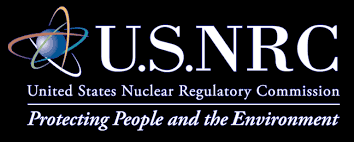
Diane Teed then presented her carefully researched issues and questions. She stressed that C-10’s overarching concern is that citizens in Seabrook’s emergency planning zone (EPZ) live not only with the conventional risks of an aging nuclear plant but one with alkali-silica reaction (ASR) damage.
She posed issues to the Chairman, including the right for the public to know the extent/status of ASR degradation at the plant, where Seabrook is on the ASR “curve”—its rate of expansion, remaining margins of safety and the rate at which these margins are receding. She criticized plant owner NextEra Energy’s lack of computing revised ASR demand in June 2021 though “all relevant data was collected,” as well as the licensee’s noncompliance with required Tier 2 and Tier 3 inspection intervals.
Diane also argued for more rigorous inspections by the NRC, including expanded ASR sampling, and the necessity of a team of independent, professionally qualified ASR experts using advanced scientific methods to assess ASR, including all relevant future projections. In addition, she argued that NextEra has been out-of-design-basis for more than a decade and questioned whether remediation of critical safety structures and other afflicted sites was even possible.
She posed issues to the Chairman, including the right for the public to know the extent/status of ASR degradation at the plant, where Seabrook is on the ASR “curve”—its rate of expansion, remaining margins of safety and the rate at which these margins are receding. She criticized plant owner NextEra Energy’s lack of computing revised ASR demand in June 2021 though “all relevant data was collected,” as well as the licensee’s noncompliance with required Tier 2 and Tier 3 inspection intervals.
Diane also argued for more rigorous inspections by the NRC, including expanded ASR sampling, and the necessity of a team of independent, professionally qualified ASR experts using advanced scientific methods to assess ASR, including all relevant future projections. In addition, she argued that NextEra has been out-of-design-basis for more than a decade and questioned whether remediation of critical safety structures and other afflicted sites was even possible.
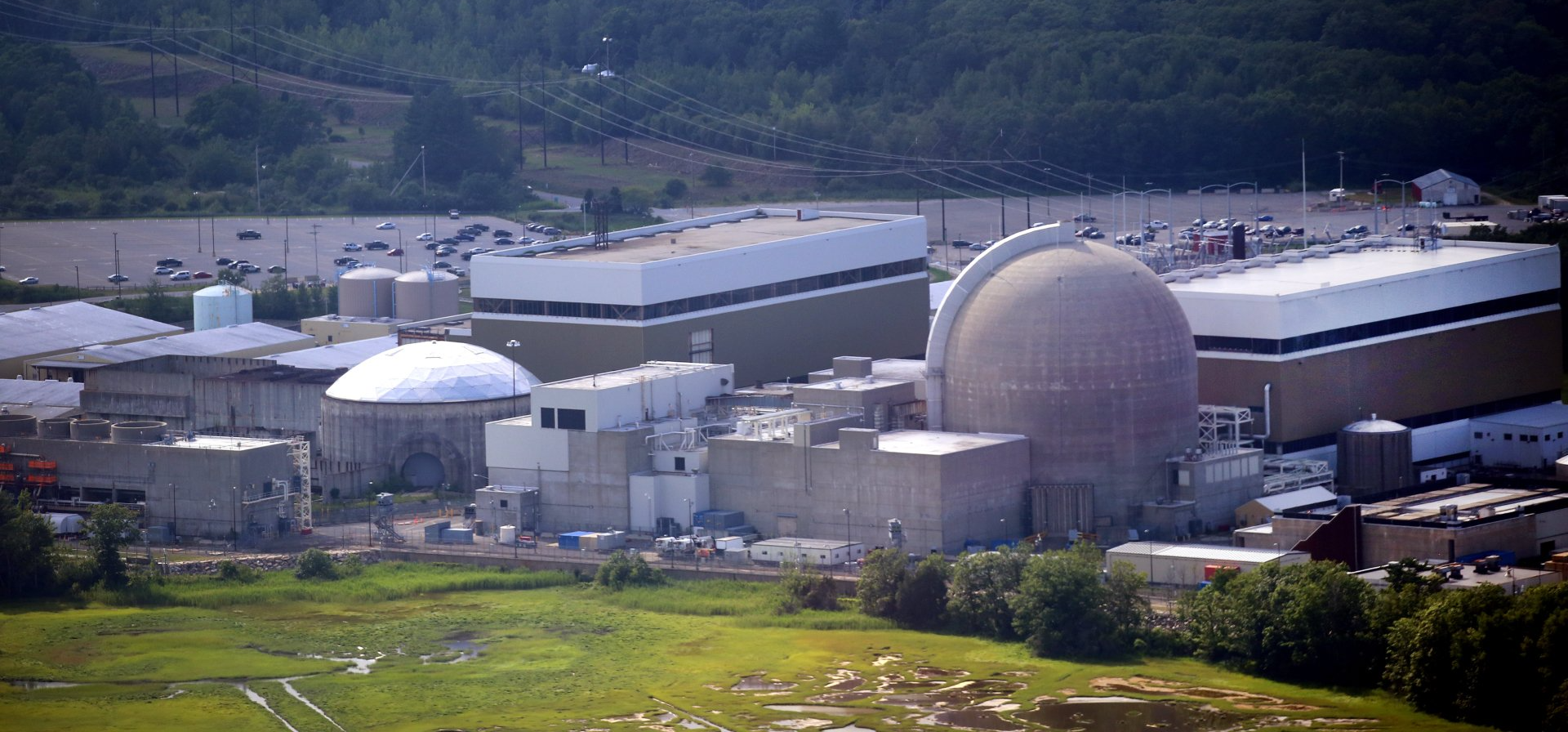
Chris Nord spoke next, reflecting that the NRC’s panel of independent experts, the Advisory Committee on Reactor Safeguards (ACRS) in 2019 granted Seabrook’s 20-year operating license extension (from 2030 to 2050) before C-10’s challenge relative to ASR could be heard by the NRC’s Atomic Safety and Licensing Board, meaning that the ASR ongoing degradation was not considered in the license extension decision.
Chris also spoke of the need for the NRC to adopt specific ASR regulations. He stated that the current NRC verbiage, “degraded but operable” is too weak to be meaningful. He cited the NRC’s Petition for Rulemaking process as ineffective, since there is no deadline for response to requests. In C-10’s experience, it has taken six-plus years for the NRC to respond to our request.
Dave Lochbaum introduced the possibility of Government Accounting Office (GAO) action on the ASR situation, since ASR is or may become “at play at other facilities,” in nuclear power plants and other government concrete structures. Chairman Hanson seemed very receptive to Dave’s suggestion.
Chairman Hanson mentioned the importance of getting our legislators involved in these issues. He acknowledged the frustration in the Petition for Rulemaking process, and said that it is being worked on. He stated that in May 2022, the NRC will be bringing in ASR experts to Seabrook for a plant inspection.
I closed the meeting with four specific asks of the NRC:
Chris also spoke of the need for the NRC to adopt specific ASR regulations. He stated that the current NRC verbiage, “degraded but operable” is too weak to be meaningful. He cited the NRC’s Petition for Rulemaking process as ineffective, since there is no deadline for response to requests. In C-10’s experience, it has taken six-plus years for the NRC to respond to our request.
Dave Lochbaum introduced the possibility of Government Accounting Office (GAO) action on the ASR situation, since ASR is or may become “at play at other facilities,” in nuclear power plants and other government concrete structures. Chairman Hanson seemed very receptive to Dave’s suggestion.
Chairman Hanson mentioned the importance of getting our legislators involved in these issues. He acknowledged the frustration in the Petition for Rulemaking process, and said that it is being worked on. He stated that in May 2022, the NRC will be bringing in ASR experts to Seabrook for a plant inspection.
I closed the meeting with four specific asks of the NRC:
- Within six months, the NRC should establish a team of ASR experts to do a full assessment of the ASR effects, status and projections;
- The NRC should focus on more robust inspections of all aging issues at the plant and should publish those findings in the quarterly public reports;
- NRC should seek meaningful ways to improve and shorten the Petition for Rulemaking process; and,
- The NRC should establish deadlines and enforcement actions for items on Seabrook Station’s Corrective Actions list, the Structural Monitoring Program, and non-cited violations/green status items that require correction.
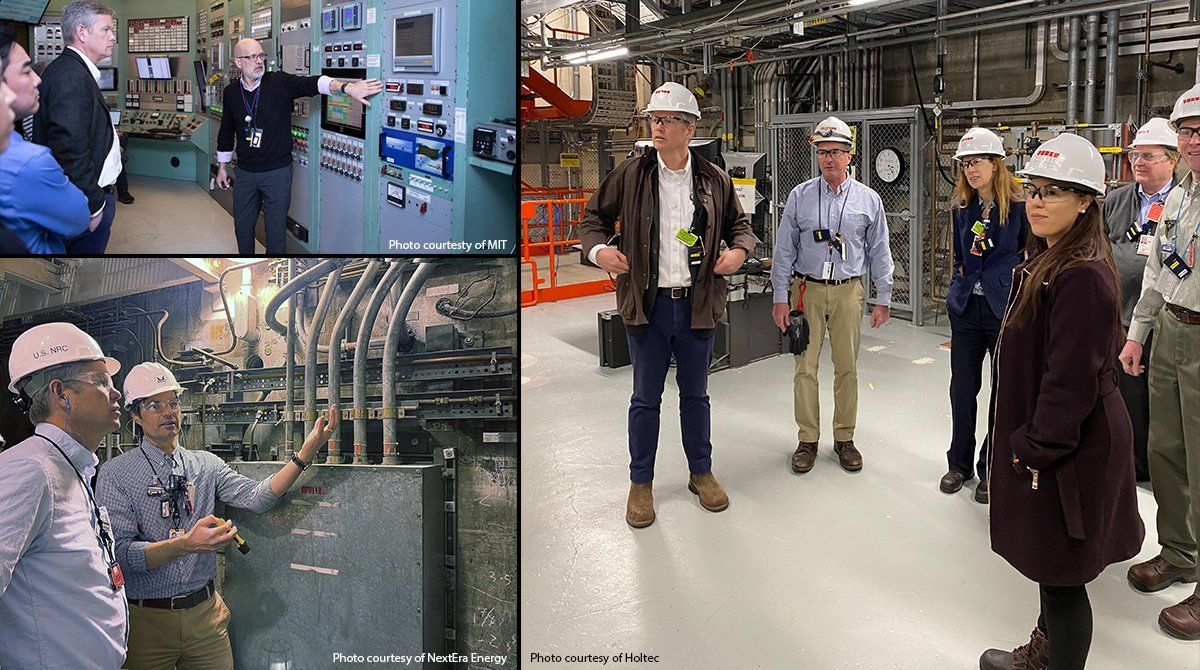
For more information on C-10’s watchdog efforts relative to Seabrook Station’s degrading concrete, please see this page, or visit past blogs.
Follow us

